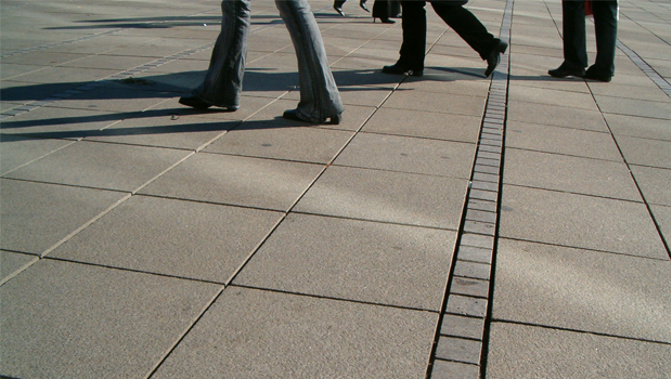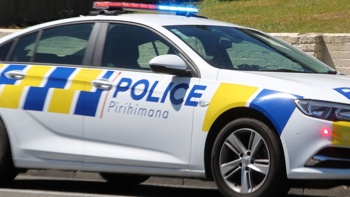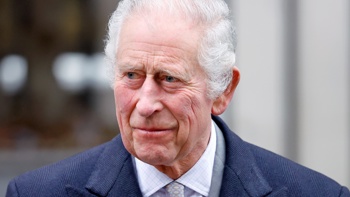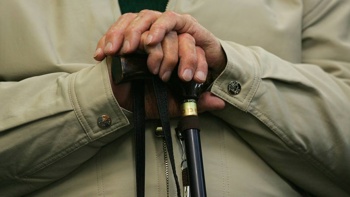
The wind blows, the dust swirls, the traffic jams, and the houses keep being built in New Zealand's forgotten city.
Population growth is proving to be the biggest issue in the by-election for a vacant Botany seat on Auckland's Howick Local Board.
Seven candidates have been standing to replace Lucy Schwaner, who resigned after last year's election when she lost a contest to become the board chair.
Mike Turinsky has won the by-election, representing 36,000 eligible voters in Botany but also making decisions affecting a population of 146,000.
Howick is now the fourth biggest local government area in the country, according to the latest estimates from Statistics New Zealand.
It is bigger than Tauranga and Dunedin. Its Asian population is bigger than Napier. Only Christchurch, Wellington and Hamilton outrank it in overall size.
Most candidates in the by-election say roads, public transport services, car parks and community facilities in Howick aren’t keeping up with the population growth. They’re concerned the area isn’t getting its share of public funding.
"The biggest local issues are symptoms of fast growth and a lack of infrastructure to deal with that growth," Turinsky said.
"With more residents, those symptoms become more prevalent. Crime has been on the increase. Affordable housing is low in supply."
Independent candidate Julie Patterson said she fears poor planning is making Howick feel flat and desolate.
"The wind blows, the dust swirls and the rubbish flies around. At the moment it has no vibrant community feel. There is little infrastructure at the community level. Everything is in the pipeline or not even planned at this stage."
Another independent, Nivedita Sharma Vij, said Howick has become the neglected “step child” of the Auckland super city, despite being the largest of its 15 local boards.
She said the area lacks even “basic” transport infrastructure and public transport facilities, and many of its roads aren’t wide enough to fire engines to drive down.
Auckland Transport data compiled by NZME last year showed Botany Road is the third busiest road in the city. Peak-hour congestion on the key road corridor between Howick and the Southern Motorway also flows through to other parts of Howick area.
Candidate Malcolm Page said dedicated busways being built between Mt Wellington and Botany as part of the Auckland Manukau Eastern Transport Initiative will “give commuters a real alternative to getting stuck in traffic everyday”.
However, Patterson believes the “jury is out” on whether the project will be effective and will be delivered on time.
Turinsky said other projects also need funding: “Tauranga, Hamilton and Whangarei have better road infrastructure to deal with the numbers travelling in and out of the areas.
“There is need to relieve congestion now, whilst planning for longer term strategies for broader relief.”
Sharma said she is alarmed by the lack of pedestrian access between Stancombe Road and the Botany Junction Square. She’s also promising to campaign for improvements to lights, public toilets and shelters in parks.
Turinsky said as an immigrant, he thinks the local board can be doing more to engage with migrant communities.
“People involved in this engagement must remain humble and listen to the different cultural groups to find out how they see things. The different cultures can be part of a community together, whilst retaining their sense of heritage and values. “
Page said Fo Guang Shan Temple in Flat Bush and ‘China Town’ in Meadowlands are good examples of how multicultural the area is becoming.
“At the same time a new generation of young Asian people are emerging who are fully integrated with New Zealand society in the same way as a multitude of other ethnicities.
“In that sense Botany really represents the future of New Zealand.”
Take your Radio, Podcasts and Music with you









